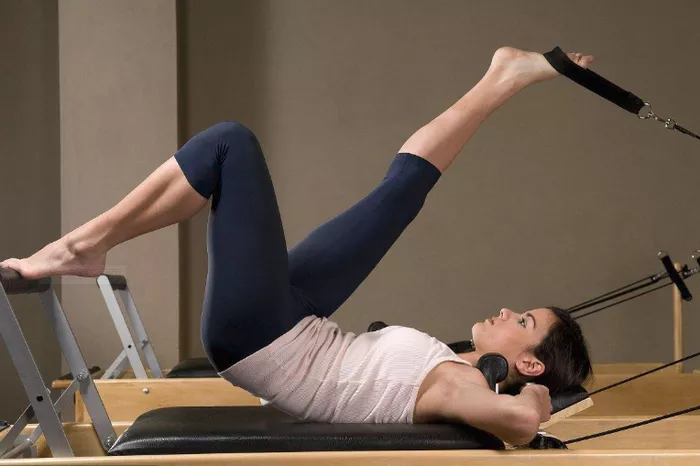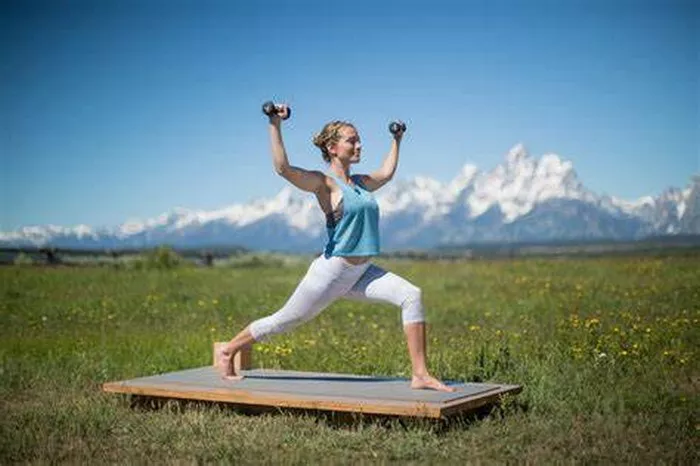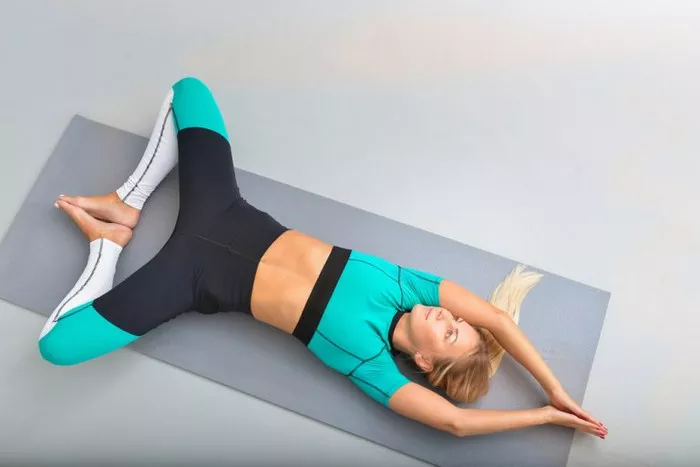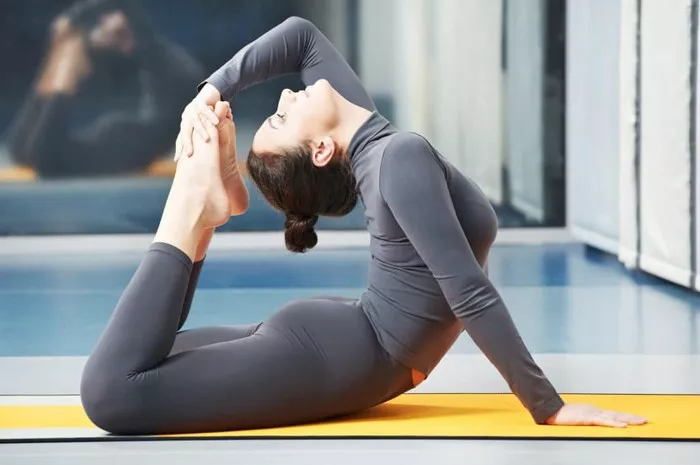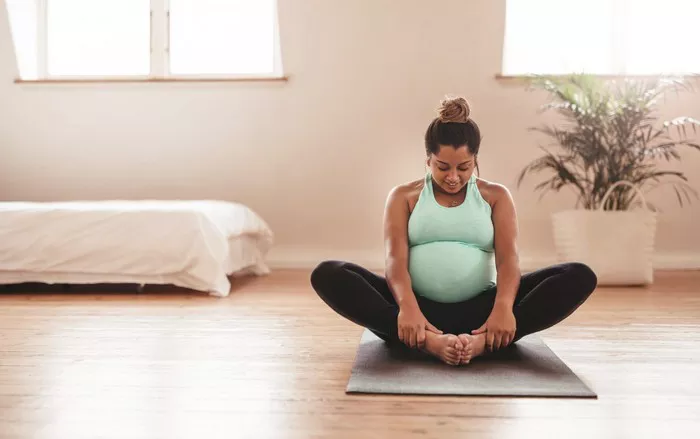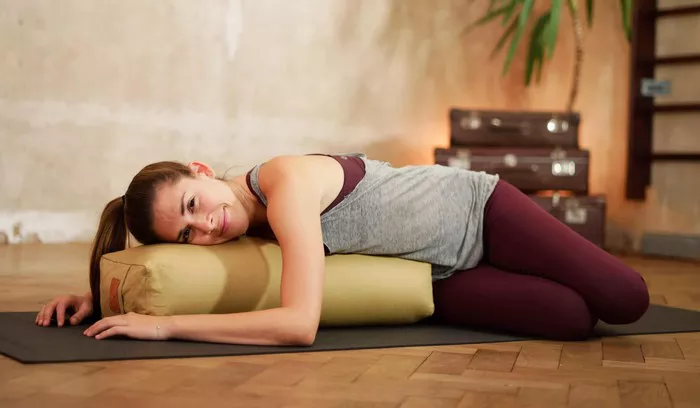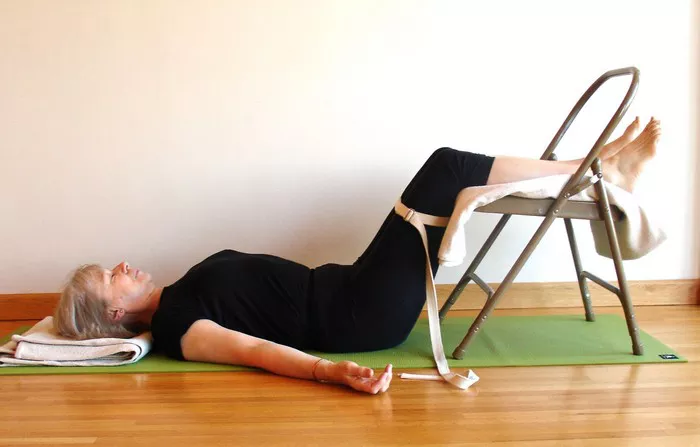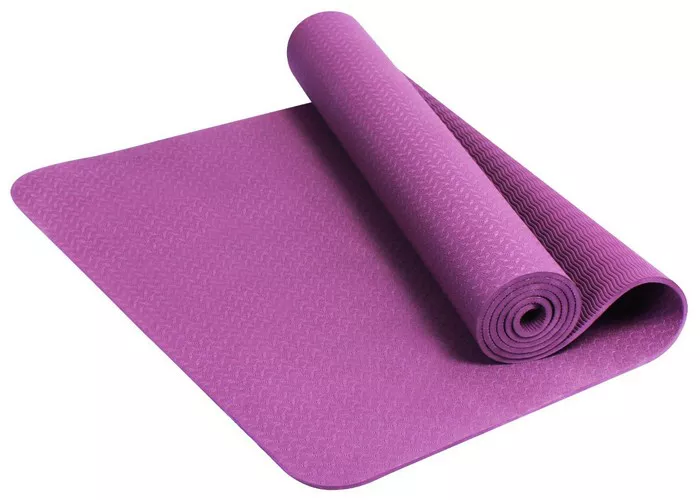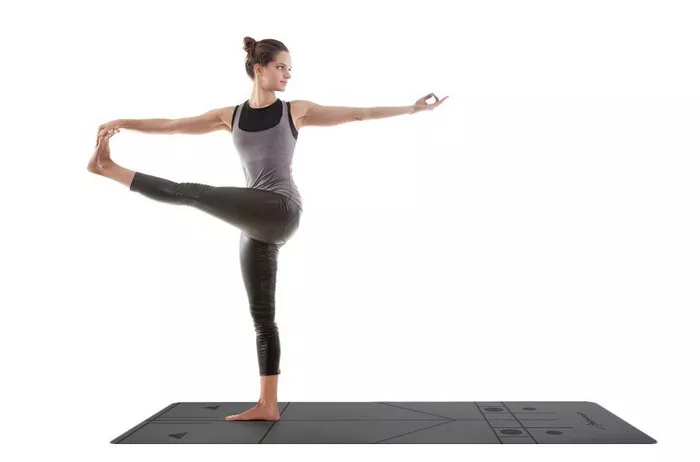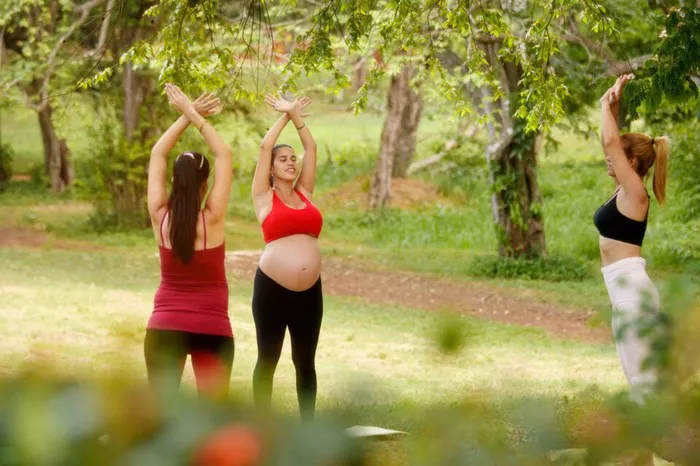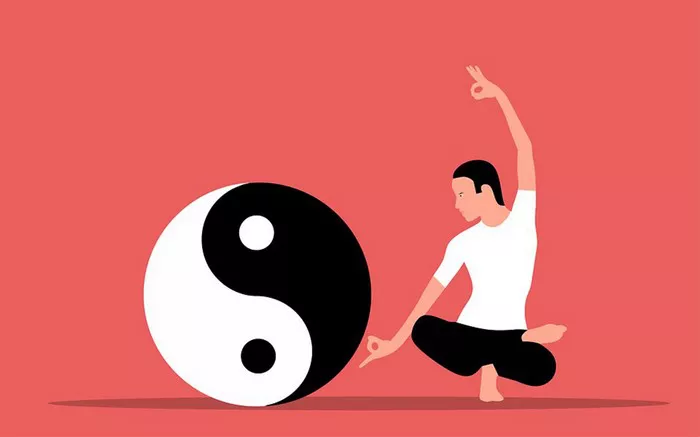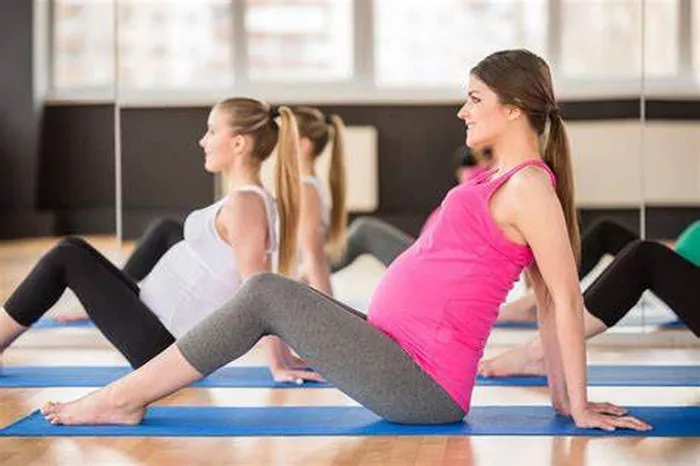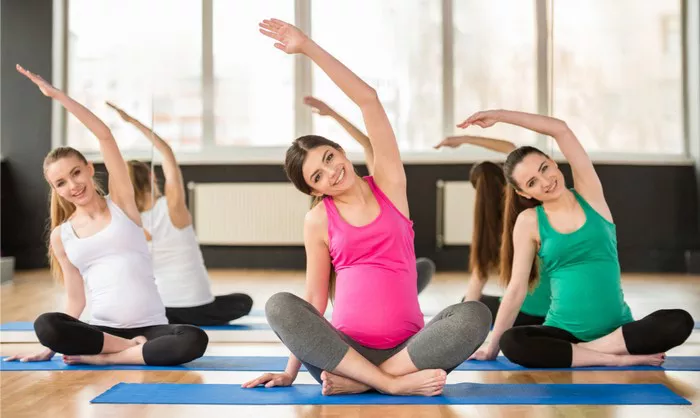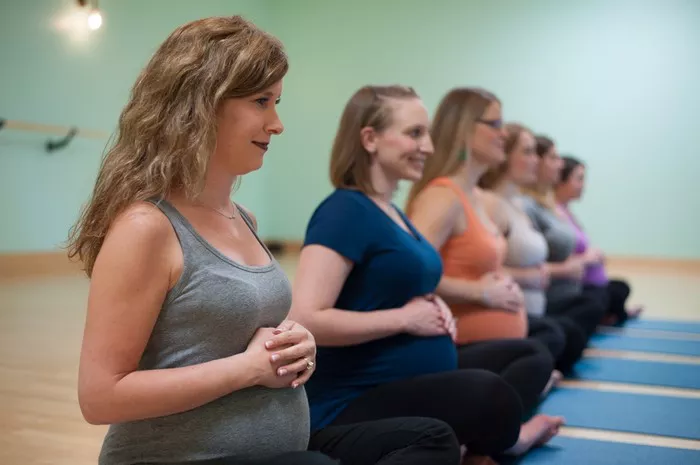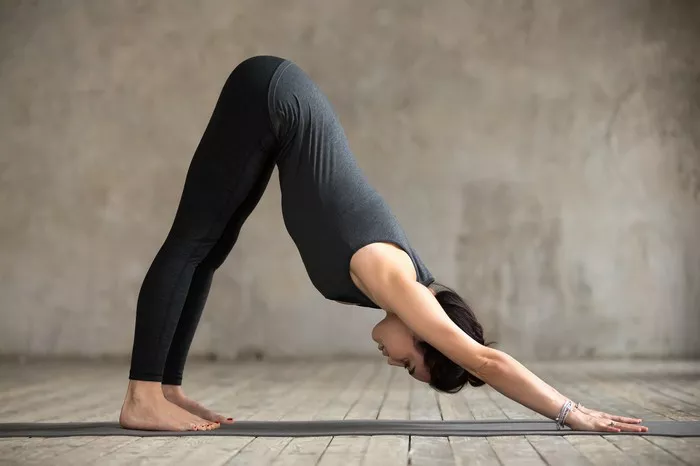Child’s Pose, or Balasana, is one of the most restorative and comforting yoga postures. It is often used in yoga practice as a resting pose between more intense asanas and is commonly recommended for relaxation and stress relief. Given its soothing effects, many people wonder whether it is safe and beneficial to sleep in Child’s Pose. In this article, we will explore the advantages and potential drawbacks of sleeping in this position, considerations for different body types, and modifications that can make it a viable option for restful sleep.
Understanding Child’s Pose
Child’s Pose is a kneeling position in which the torso folds over the thighs, with the arms either extended forward or resting alongside the body. The forehead typically touches the mat, allowing the spine to round gently. This posture is known for its grounding effect, as it promotes relaxation, stretches the lower back, and helps release tension from the shoulders and neck.
To assume Child’s Pose:
- Start by kneeling on the floor with your big toes touching and knees either together or spread apart.
- Lower your torso forward, resting your forehead on the mat.
- Extend your arms in front of you or let them rest alongside your body.
- Breathe deeply and allow your body to relax into the posture.
Benefits of Sleeping in Child’s Pose
Sleeping in Child’s Pose can provide a number of benefits, particularly for those who experience back pain, stress, or digestive discomfort. Here are some key advantages:
1. Spinal Relief and Postural Benefits
For individuals with lower back pain or stiffness, Child’s Pose can be a great way to alleviate discomfort. The gentle forward bend elongates the spine, decompressing the vertebrae and reducing tension in the lumbar region. This makes it an attractive option for those who prefer to sleep in a curled position rather than on their back or stomach.
2. Stress Reduction and Mental Relaxation
Child’s Pose is a known relaxation posture in yoga. It encourages deep breathing, activates the parasympathetic nervous system, and helps calm the mind. For individuals who struggle with anxiety or have difficulty winding down before bed, sleeping in this pose may provide a sense of comfort and emotional security.
3. Gentle Pressure on the Abdomen
The compression of the abdomen in Child’s Pose can aid digestion and relieve bloating. People who experience digestive issues such as gas or mild indigestion may find that sleeping in this position gently massages their internal organs, promoting better gut function.
4. Improved Circulation
The position of the body in Child’s Pose encourages blood flow to the brain and vital organs, which may enhance circulation and promote relaxation. This can be especially helpful for individuals who experience cold extremities or poor circulation during sleep.
Potential Drawbacks of Sleeping in Child’s Pose
While Child’s Pose offers many benefits, it may not be suitable for everyone, especially for long periods of sleep. Some potential drawbacks include:
1. Restricted Breathing
Because the torso is folded forward, the chest may feel compressed, making it more difficult to take deep breaths. Individuals with respiratory conditions, such as asthma or sleep apnea, may find it uncomfortable to sleep in this position for extended periods.
2. Knee and Hip Discomfort
Child’s Pose places pressure on the knees and hips, which may not be ideal for people with joint pain or arthritis. If you have knee problems, you may experience discomfort or stiffness after sleeping in this position for several hours.
3. Neck and Shoulder Strain
Depending on how the arms and head are positioned, prolonged sleep in Child’s Pose may lead to tension in the neck and shoulders. If the forehead is not properly supported, the neck may be forced into an unnatural angle, leading to stiffness upon waking.
4. Limited Movement During Sleep
Unlike traditional sleeping positions that allow for natural movement throughout the night, Child’s Pose is a relatively fixed posture. Staying in one position for too long can lead to numbness or discomfort in certain areas of the body, such as the legs, arms, or lower back.
Modifications for Sleeping in Child’s Pose
If you wish to sleep in Child’s Pose, consider making modifications to enhance comfort and reduce potential strain:
Use a Bolster or Pillow: Placing a bolster or pillow under your chest can help reduce pressure on the abdomen and improve breathing. You can also place a pillow under your forehead for better neck support.
Keep the Knees Wider Apart: Spreading the knees apart can create more space for the torso, reducing pressure on the chest and making the position more breathable.
Add Extra Padding for the Knees: If you experience knee discomfort, place a soft blanket or cushion under them for extra support.
Support the Feet and Ankles: Some people may feel tension in their ankles when staying in Child’s Pose for a long time. Placing a rolled towel under the ankles can help alleviate this discomfort.
Switch Positions if Necessary: If you find that you wake up with stiffness or numbness, try alternating between Child’s Pose and another sleep position to prevent strain on any single part of the body.
Who Should Avoid Sleeping in Child’s Pose?
Although Child’s Pose is generally safe, it may not be suitable for certain individuals:
Those with severe knee pain or recent knee injuries should avoid putting prolonged pressure on the joints.
Individuals with severe lower back issues should consult a doctor before attempting to sleep in this position.
Those with breathing difficulties or sleep apnea may find this position restrictive and should opt for a more open posture.
Pregnant individuals, particularly in the later stages, should avoid sleeping in a forward-folding position due to pressure on the abdomen.
Conclusion
Sleeping in Child’s Pose is possible and may offer several benefits, such as spinal relief, stress reduction, and digestive support. However, it is not ideal for everyone, and certain risks such as restricted breathing, joint discomfort, and limited movement should be considered. If you are interested in trying this position for sleep, using supportive props and making slight modifications can enhance comfort and safety.
Ultimately, the best sleep position is one that allows you to rest comfortably and wake up feeling refreshed. If you find that Child’s Pose works well for you, it can be a unique and soothing way to rest, but if discomfort arises, alternative sleep postures may be more beneficial for long-term health and well-being.
Related Topics:

